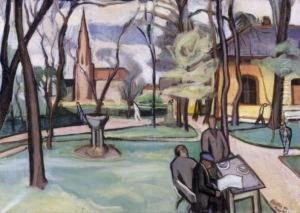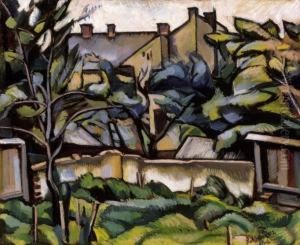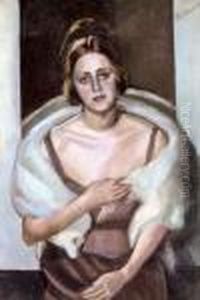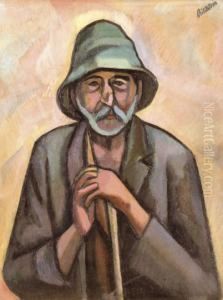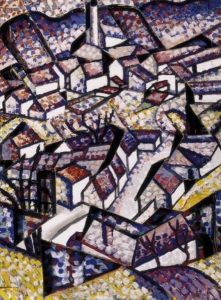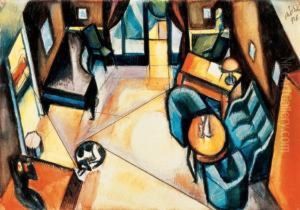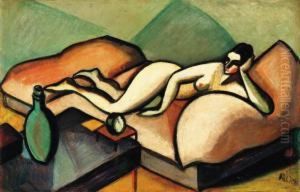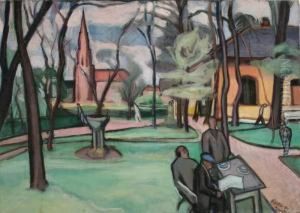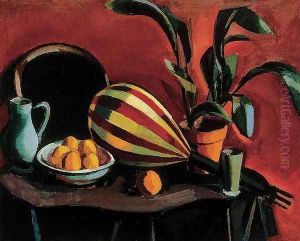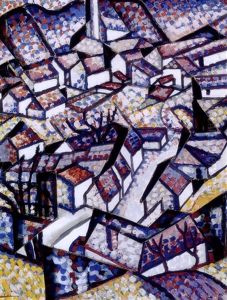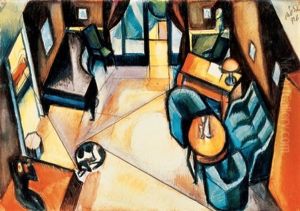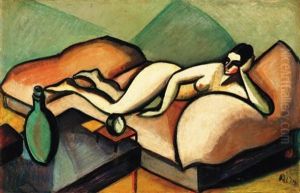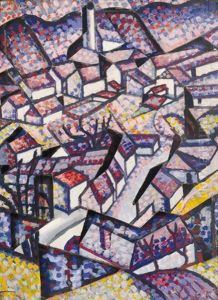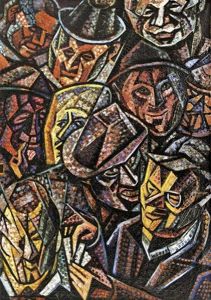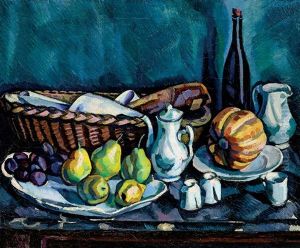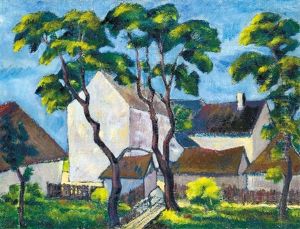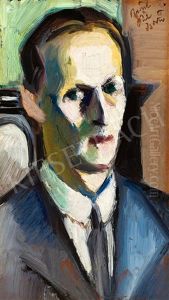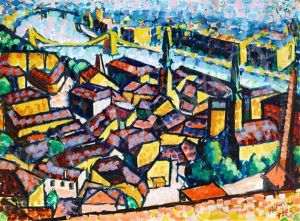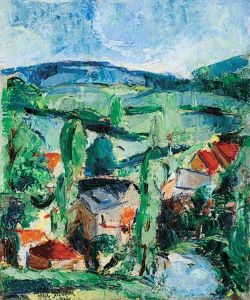Istvan Pal Paintings
Istvan Pal, also known as Pala Istvan, is a Hungarian artist and painter, born in 1939, who is primarily recognized for his contributions to the Hungarian neo-avant-garde movement. His work often explores themes of human existence, nature, and the relationship between individuals and society. Although not widely known outside of Hungary, Pal's art has been influential within his home country and among certain circles of European art enthusiasts.
Istvan Pal's early life was marked by the post-World War II atmosphere in Hungary, a period characterized by political turmoil and the establishment of a socialist state under the influence of the Soviet Union. Despite the restrictive environment, which often censored artistic expression, Pal pursued his passion for art and developed his skills, embracing the opportunities to study and create.
During his career, Istvan Pal has exhibited his work in various galleries and museums in Hungary and occasionally abroad. His style is often described as being diverse, ranging from more figurative work in his early career to abstract compositions later on. Pal's art is known for its dynamic use of color, texture, and form, and it frequently incorporates elements of Hungarian folklore and mythology.
Pal's contributions to the art world have been recognized with a number of awards and honors, though the specifics of these accolades may not be as well documented as those of more internationally renowned artists. Despite the relative obscurity outside his native country, Istvan Pal's work continues to be celebrated by those familiar with the Hungarian art scene.
As there is no widely available information regarding Istvan Pal's death, he is presumed to still be alive as of the last available records. His legacy includes not only his own artwork but also the influence he has had on younger generations of artists in Hungary, who look to his work for inspiration in navigating the complex intersection of cultural heritage and contemporary artistic expression.
